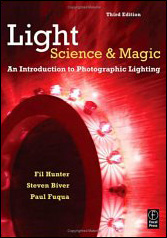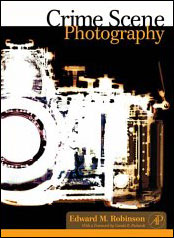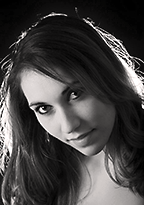Without exception, two books leap to the front of my personal library when it comes to Photography.
 Light: Science & Magic |  Crime Scene Photography |

Light: Science & Magic is a masterful excursion into the role that light plays with photography. It covers light sources, reflection, and angles, explaining why surfaces look the way they do. Certain objects are hard to photograph, such as glass or white subjects on white backgrounds. Either detail is lost or everything comes out gray. This resource shows how to use light to solve those hard problems. The section on diffused, direct, and glare reflections is worth the price of admission alone. Camera placement, light placement, and gobos, combined with the right metering technique, will yield stunning images. It covers methodologies of lighting portraits in fascinating ways. The book is littered with tips and tricks from front to back. It’s odd to find a book where there’s solid, approachable, directly applicable material on every page, but this book does it.
The next book is quite unexpected, Crime Scene Photography. This book goes far deeper into explaining the workings of photography, delving into the mysteries of optics, proper exposure in bad lighting conditions, and the clever use of filters. It clearly explains inverse square laws, plays with subtle differences between intensity and distance, unravels why rules of thumb actually work, shows how to get the most from a flash. And all these topics roll up to support how to draw out the details you want to capture, including from fluorescent and infrared sources. There’s tons of information to convey size and play with perspective, deal with underwater situations, and how to digitally correct severe problems when you can’t retake the photo. The book is chalked full of examples.
Frankly, if I could only own two books on photography, it would be these. I read the again, and again, and again.
Walt gives these books, two thumbs up!
